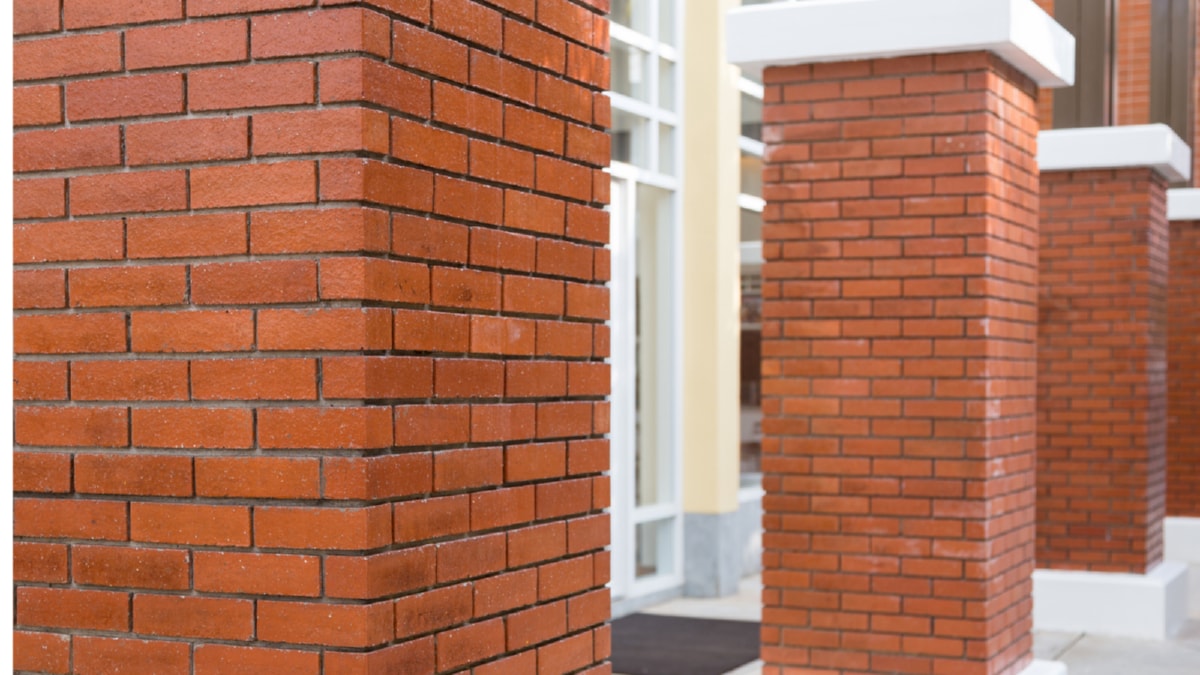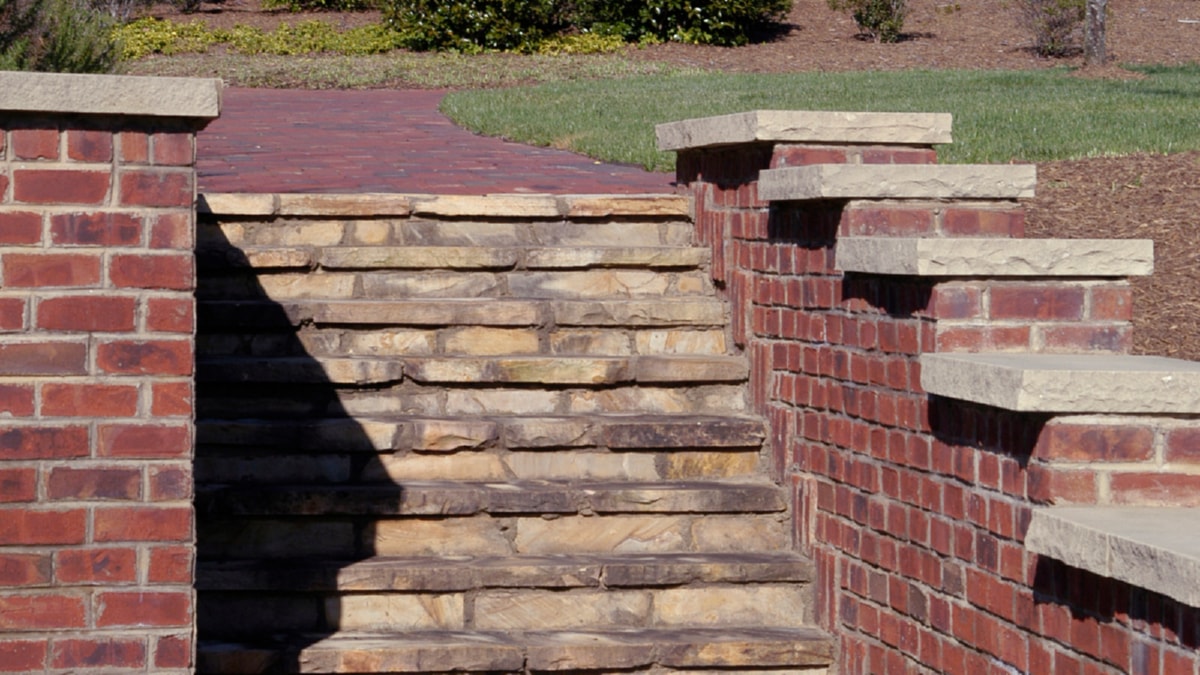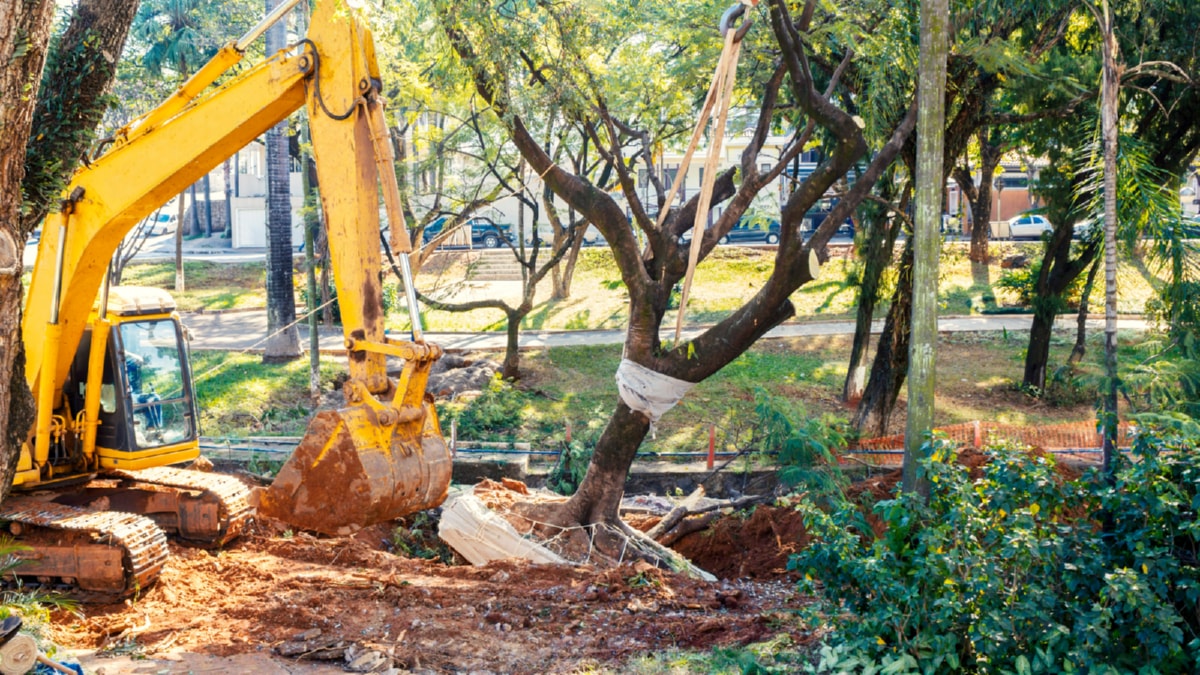Looking ahead, 2022 promises to bring groundbreaking trends in the construction industry. These advancements are not only set to revolutionize the construction landscape but also to enhance sustainability, efficiency, and safety. In this article, we will delve into the 5 notable emerging construction trends in the coming year.
First and foremost, the use of AI and Machine Learning in construction is set to rise. These technologies provide crucial help in project planning, risk management, and safety measures. They can analyze massive amounts of data to predict potential challenges, thus enabling preventive steps to be taken. In addition, it’s expected that a greater number of construction sites will start using AI-powered robots for tasks such as bricklaying and concrete dispensing, reducing the risk of human error and accidents.
The next trend is the increased adoption of Building Information Modeling (BIM). BIM is a digital representation of physical and functional characteristics of a facility, which enhances the communication among the construction teams and helps in making more efficient decisions. With BIM, construction professionals can see what the finished product will look like, helping them to identify any potential design problems before construction begins.
Sustainable construction practices are another trend to look out for in 2022. The construction industry has been under growing pressure to reduce its carbon footprint and adopt more sustainable practices. This includes using reusable materials, minimizing waste, and integrating energy-efficient technologies such as solar panels and green roofs. Moreover, there’s a growing demand for buildings that can withstand extreme weather conditions, leading to an increase in the use of resilient design principles.
The use of unmanned aerial vehicles (UAVs) in construction is the next trend set to rise in 2022. These tools can examine construction sites from above, providing detailed images and data that can be used for site planning and tracking progress. They also enhance safety by reducing the need for human workers to carry out risky inspections.
The fifth and final trend is the increased use of prefabricated and modular construction. These methods involve creating parts of a building off-site, then transporting them to the site for erection. These techniques not only reduces construction time but also improves quality control and reduces waste.
In conclusion, 2022 is set to be an innovative year for the construction industry, with many new trends on the horizon. These innovations will not only improve the efficiency and safety of construction processes but also make them more eco-friendly.
For more details, check best Resin Bond Service Dublin or visit their Resin Driveways business listing here.




